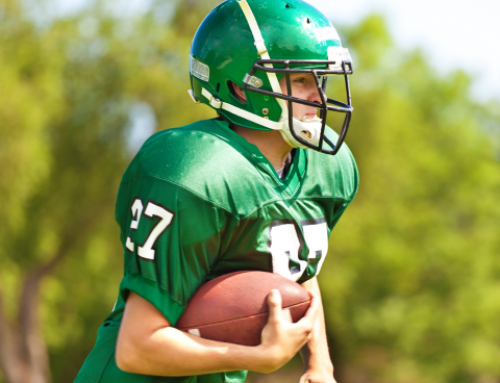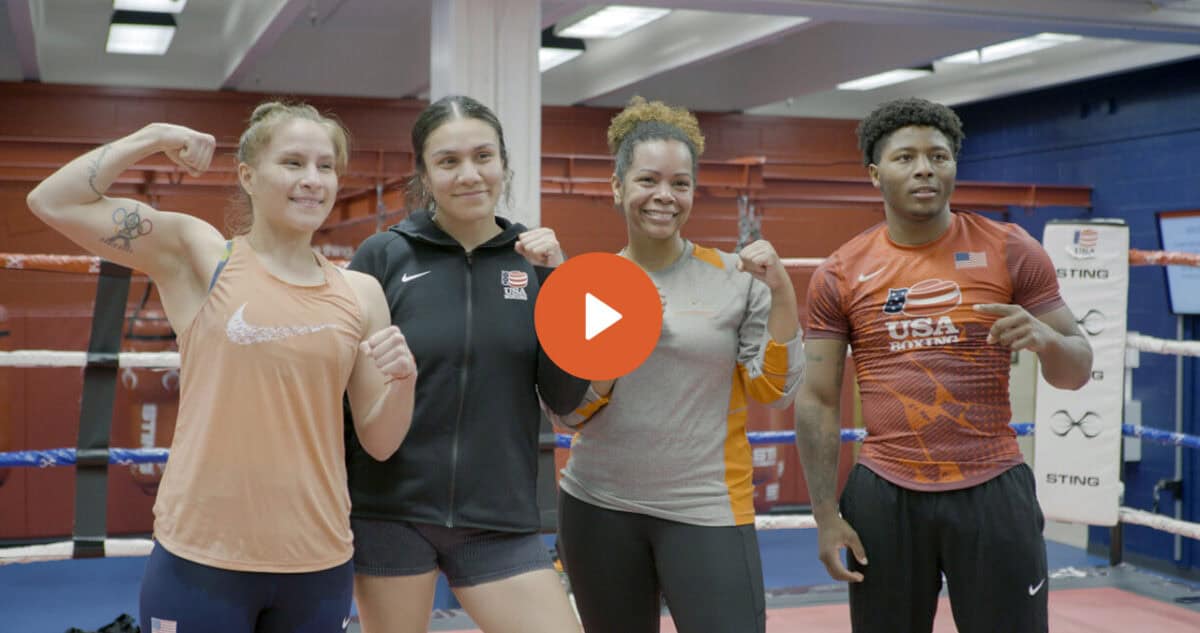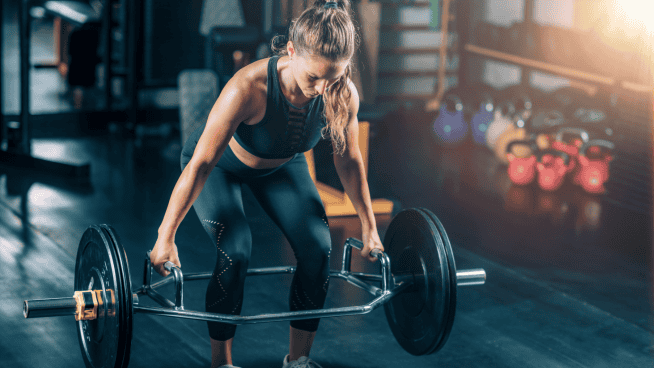2 Ways to Fix Anterior Pelvic Tilt
Anterior pelvic tilt is not always a bad thing. According to Mike Boyle, co-founder of Mike Boyle Strength and Conditioning (Woburn, Massachusetts), any athlete will have some degree of anterior pelvic tilt, because his or her hip muscles adapt for athletic movement. If an athlete has a completely neutral pelvis, he or she won’t be biomechanically optimized to produce power.
But even the most active athletes—especially if they are in school—sit excessively, ultimately creating too much anterior pelvic tilt, impairing their optimal movement patterns and possibly resulting in low-back pain.
Think about an average day for the majority of athletes. They sit in cramped chairs during class, they sit at lunch, they sit in the car, they sit when completing homework, they sit in the locker room and they sit when relaxing.
To put what this does to the body in perspective, imagine how flexible an athlete would become if he or she held a stretch for the majority of the day. Sitting does the exact opposite, tightening the iliopsoas.
To fix excessive anterior pelvic tilt, Boyle recommends a two-pronged approach.
First, work to release the iliopsoas. A standard hip flexor stretch may help, but Boyle advises performing the Box Hip Flexor Stretch (shown above), which puts the athlete in an internally rotated position to better lengthen the iliopsoas.
Second, Boyle advises increasing anterior core strength. A strong anterior core helps prevent the lumbar spine from moving into extension and tilting the pelvis forward. For best results, Boyle recommends performing anti-extension core exercises.
RECOMMENDED FOR YOU
MOST POPULAR
2 Ways to Fix Anterior Pelvic Tilt
Anterior pelvic tilt is not always a bad thing. According to Mike Boyle, co-founder of Mike Boyle Strength and Conditioning (Woburn, Massachusetts), any athlete will have some degree of anterior pelvic tilt, because his or her hip muscles adapt for athletic movement. If an athlete has a completely neutral pelvis, he or she won’t be biomechanically optimized to produce power.
But even the most active athletes—especially if they are in school—sit excessively, ultimately creating too much anterior pelvic tilt, impairing their optimal movement patterns and possibly resulting in low-back pain.
Think about an average day for the majority of athletes. They sit in cramped chairs during class, they sit at lunch, they sit in the car, they sit when completing homework, they sit in the locker room and they sit when relaxing.
To put what this does to the body in perspective, imagine how flexible an athlete would become if he or she held a stretch for the majority of the day. Sitting does the exact opposite, tightening the iliopsoas.
To fix excessive anterior pelvic tilt, Boyle recommends a two-pronged approach.
First, work to release the iliopsoas. A standard hip flexor stretch may help, but Boyle advises performing the Box Hip Flexor Stretch (shown above), which puts the athlete in an internally rotated position to better lengthen the iliopsoas.
Second, Boyle advises increasing anterior core strength. A strong anterior core helps prevent the lumbar spine from moving into extension and tilting the pelvis forward. For best results, Boyle recommends performing anti-extension core exercises.










